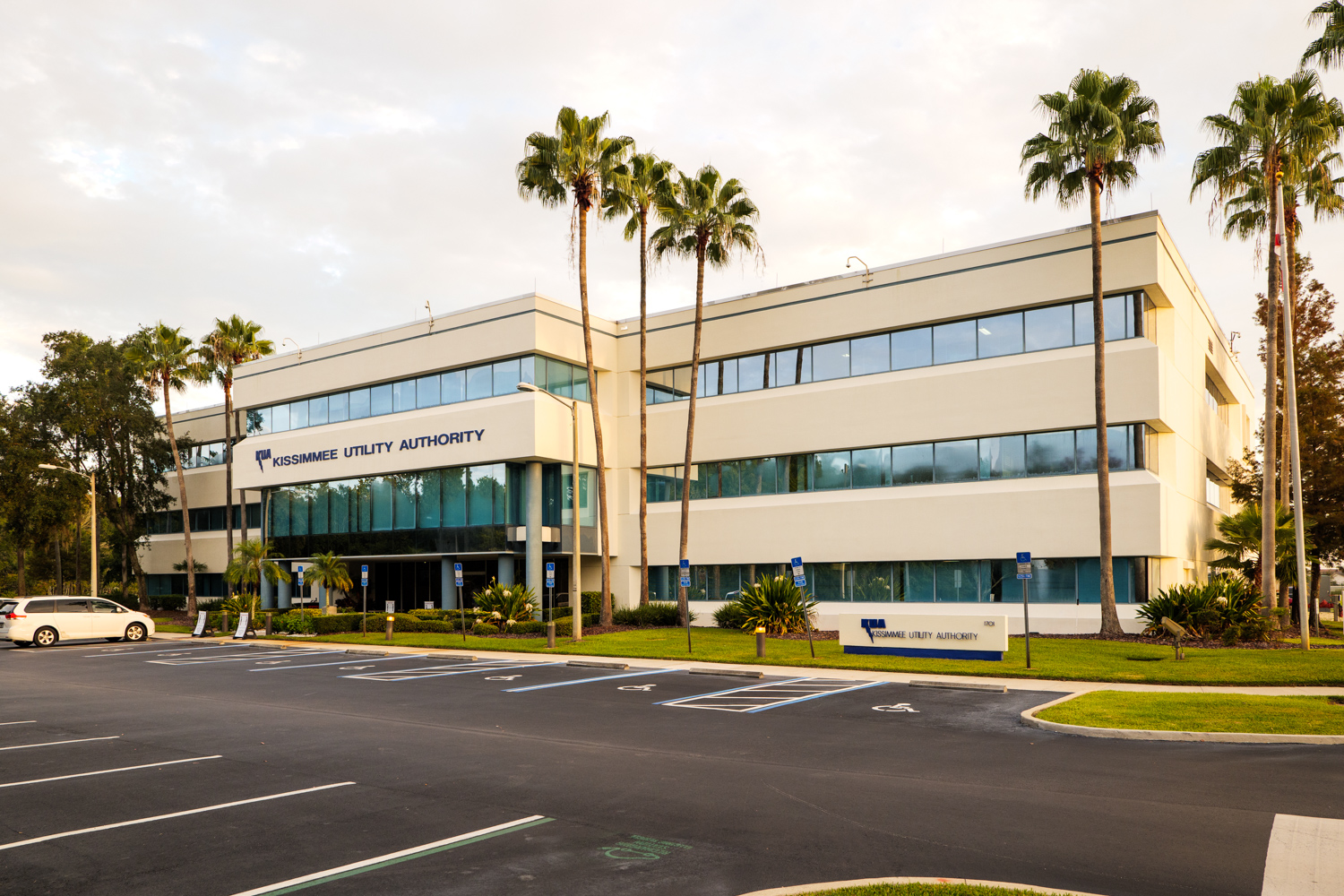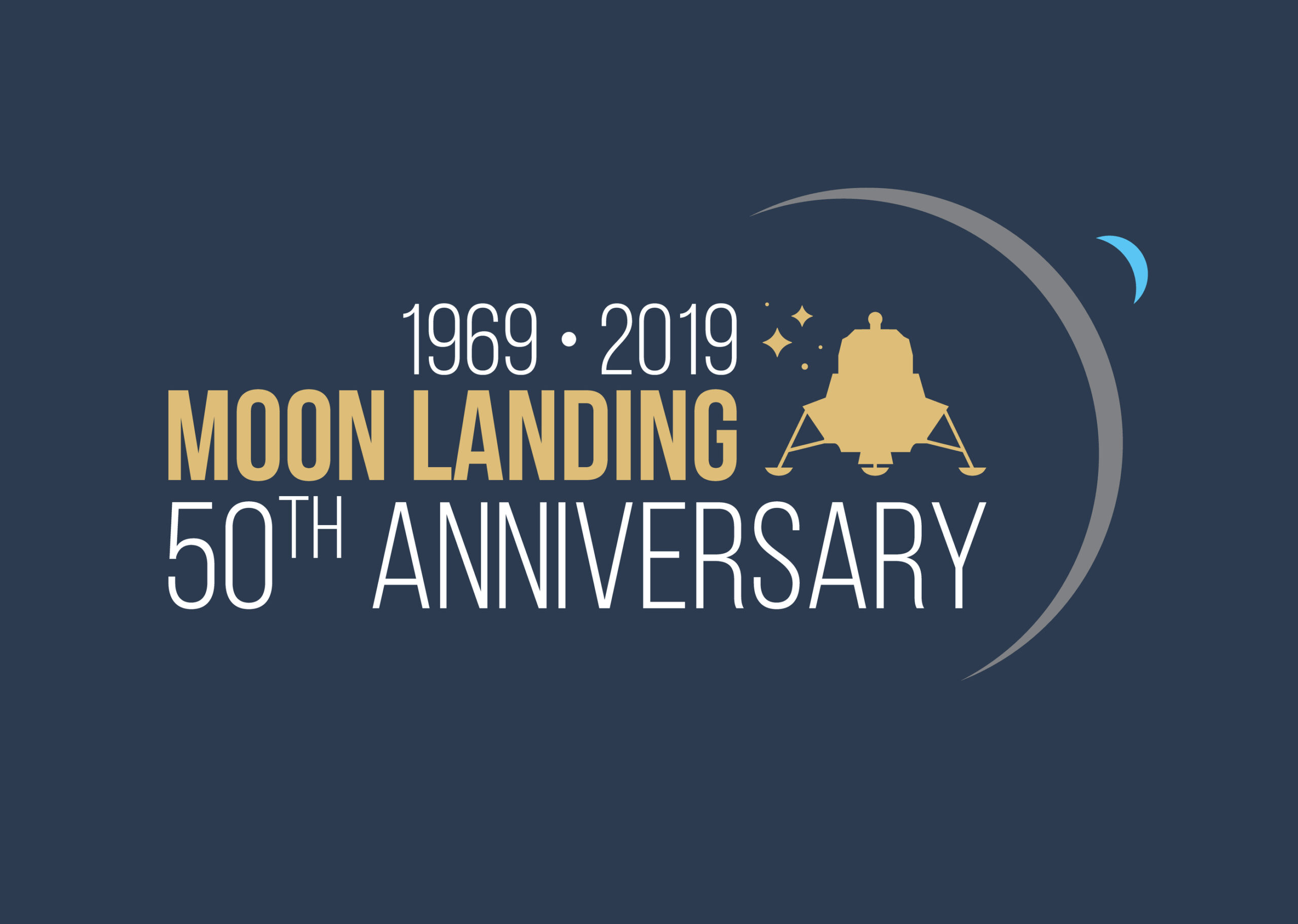This month marks the 50th anniversary of the Apollo 11 mission to the moon and man’s first moonwalk. Astronauts Neil Armstrong, Edwin “Buzz” Aldrin and Michael Collins journeyed eight days in space. Armstrong and Aldrin walked the moon’s surface and conducted experiments while Collins piloted the command module in the lunar orbit during their 22-hour stay on the moon.
But exactly how did they generate enough electric power to get to the moon and back? Here are a few fun facts on how electricity helped NASA achieve the historic flight:
- In the Command and Service Modules, fuel cells were used to generate power. Apollo fuel cells used oxygen and hydrogen — stored as liquids at extremely cold temperatures — that when combined chemically yielded electric power for the spacecraft and, as a byproduct, drinking water for the astronauts.
- In the Lunar Module, also known as the “Eagle”, electricity was obtained through electrical storage batteries. Enough batteries were stored for a lunar stay surface stay of 48 hours initially, extended to 75 hours for the later missions.
Today, solar arrays, combined with rechargeable nickel-hydrogen batteries, provide electrical power for the International Space Station. The batteries provide continuous power during the 35 minutes of every 90-minute orbit that it is eclipsed by the Earth. The batteries are recharged on the day side of the Earth.


